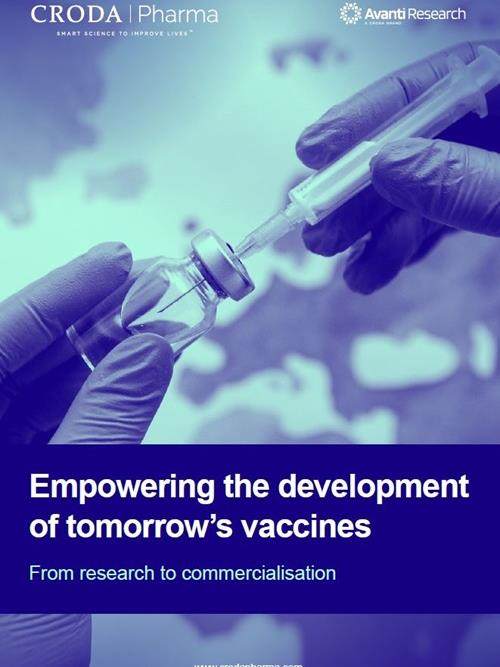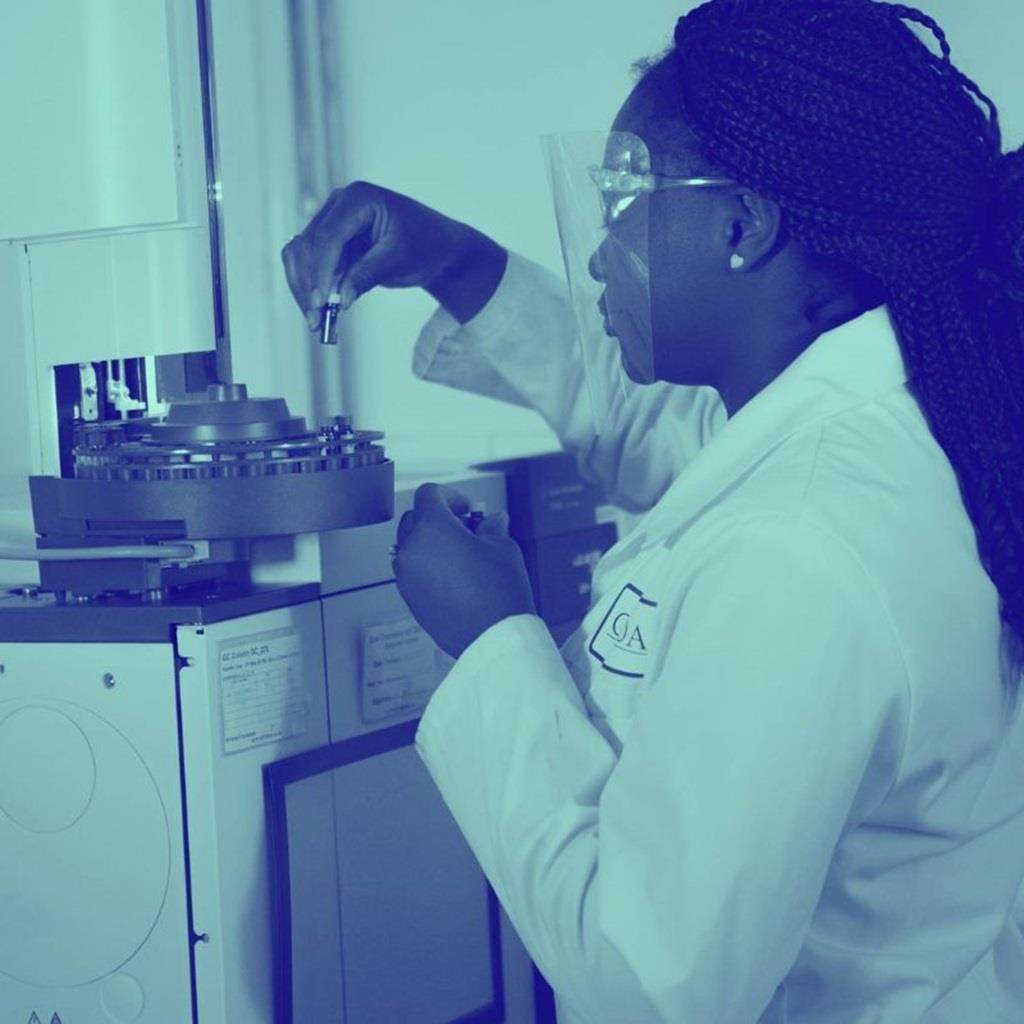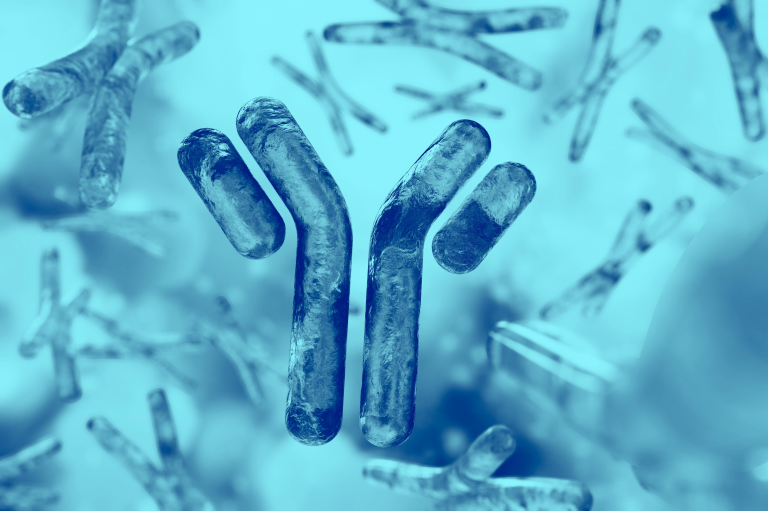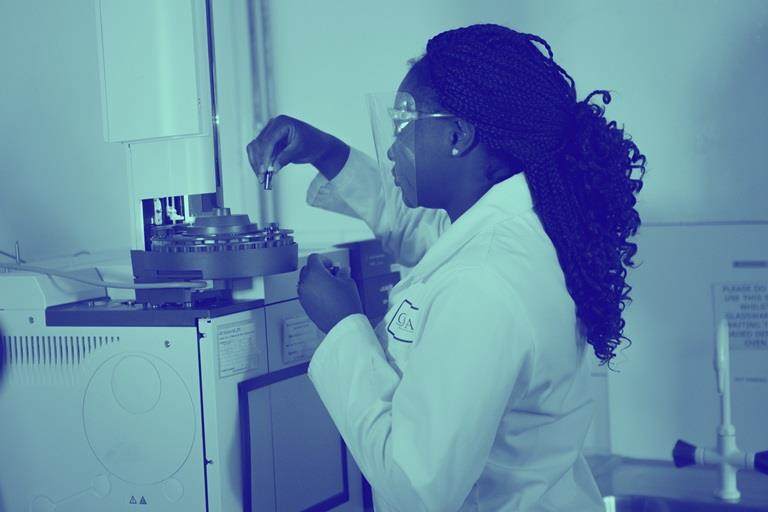Prime effective immune responses
Adjuvants have been used for decades to help enhance the immune response to vaccine antigens.
Most of us understand the fundamentals of vaccines: introduce part of a pathogen to our immune system, in order to elicit a specific, lasting immune response that protects us from a future infection.
Adjuvants are vaccine ingredients that can help induce a strong immune response in certain formulations. Today, aluminum salts are the most widely used adjuvants, whilst scientists and vaccine manufacturers are continuously innovating to expand the repertoire of available adjuvant options.
Empowering the development of tomorrow's vaccines


A short history of vaccine adjuvants
The story begins in 1920 with Gaston Ramon, a French veterinarian working on a new diphtheria vaccine. He made an accidental discovery: horses that developed ghastly abscesses at the injection site also had stronger immune responses.
This made him wonder: what else could be added to the vaccine to spur such a reaction?
In order to confirm his hypothesis, he used a combination of inactivated toxin, together with starch or breadcrumbs, to induce sterile abscesses at the injection site.
These experiments proved a success: animals administered vaccines that contained Ramon's concoctions produced significantly more antibodies compared to those who didn't. Thus, they were thought to be better protected against diphtheria - and unveiled the field of adjuvants!

Aluminium adjuvant discovery
This breakthrough forever changed vaccine development. Vaccines prepared in this way are known as alum-precipitated vaccines. However, they weren’t without pitfalls. Not only could they be highly heterogenous, but batch reproducibility was difficult and there was a lack of control of the amount of antigen.
Today, after many years of research, manufacturing of aluminium adjuvants has been optimised and advanced to the highest standards.
No wonder "alum" adjuvants continue to be the most widely used worldwide!

Saponin-based adjuvants
Finally, the isolation of a defined fraction of the saponin mixture enabled usage of saponins in human vaccines. In 1991, Dr. Charlotte Kensil et al. isolated and named QS-21 as a component of the triterpenoid quillaja saponins comprising different isomeric forms. QS-21 demonstrated an optimal balance of enhanced immunostimulatory properties and tolerable reactogenicity and has already been used in one commercialised vaccine. QS-21 is part of our offer and available for investigational use.
FREQUENTLY ASKED QUESTIONS
Some vaccine formulations do not result in optimal antigen delivery and presentation thereby reducing vaccine efficacy. Thus, a diverse repertoire of adjuvant systems is necessary to create better vaccines.
Nevertheless, ongoing research is working towards unravelling the precise mechanisms of action of adjuvant systems.
Notable examples include aluminium salts, oil emulsions, saponins or TLR agonists.
Not all vaccines contain adjuvants, such as those based on an inactivated virus or bacteria. Still, most modern and current vaccines feature adjuvant systems. Aluminium salts are found in almost all DTP vaccines, as well as Hep-A, HPV and anthrax vaccines.
Recent vaccines against challenging pathogens contain lipid delivery systems with specific TLR-agonist immunostimulators (MPLA.) For instance, AS01 is used in the vaccine against varicella zoster and AS04 in the HPV vaccine.
Explore our products
10 items available




.jpg&mn=healthcare&w=768&xr=0&yr=0&xfp=6&yfp=6&hash=759CB83702D0BA63DE2DB96F3DEFB82519C138999FEC74AA)
.jpg&mn=healthcare&w=768&xr=0&yr=0&xfp=6&yfp=6&hash=DFB2292D232ABFBD17192EECC1AABCEA19C138999FEC74AA)






